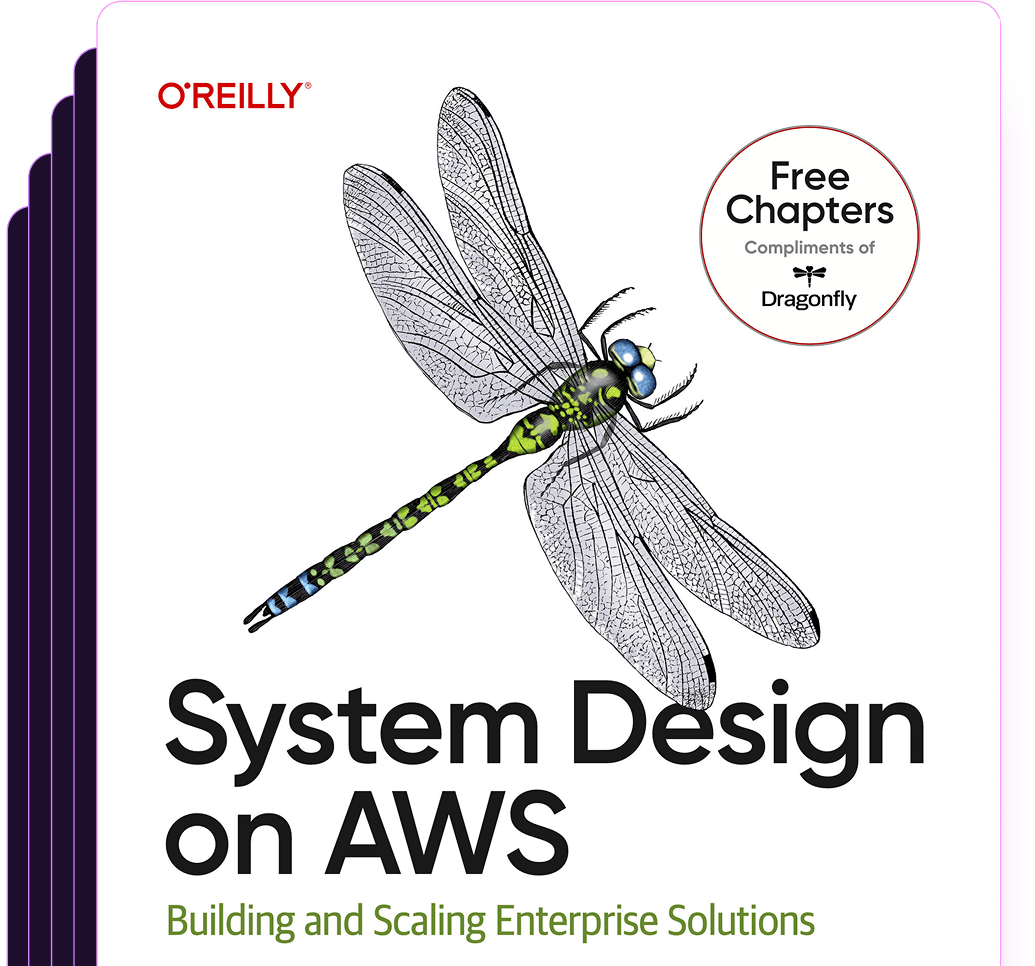Question: How do you connect to a MongoDB cluster?
Answer
Connecting to a MongoDB cluster, especially one hosted on MongoDB Atlas, is straightforward but requires attention to detail regarding your connection string and authentication process. Here's a step-by-step guide for connecting using the MongoDB Node.js driver as an example, which is applicable across many programming languages with slight syntax differences.
- Install MongoDB Driver: First, ensure that you have the MongoDB driver installed in your project. If you're using Node.js, you can install it via npm:
```shell
npm install mongodb
```
- Get Your Connection String: Log in to your MongoDB Atlas account (or your MongoDB hosting provider), navigate to your cluster, and look for a 'Connect' button. After choosing your application’s connection method, you will be provided with a connection string. Ensure to replace
<password>with your database user's password and<dbname>with the name of the database you wish to connect to.
The connection string should look something like this:
```
mongodb+srv://<username>:<password>@clustername.mongodb.net/<dbname>?retryWrites=true&w=majority
```
- Create a Connection: Use the connection string within your application to establish a connection to your MongoDB cluster. Here's how you can do it in a Node.js application:
```javascript
const { MongoClient } = require('mongodb');
// Replace the following with your Atlas connection string
const url = 'YOUR_CONNECTION_STRING_HERE';
const client = new MongoClient(url);
async function run() {
try {
// Connect the client to the server (optional starting in v4.7)
await client.connect();
console.log('Connected successfully to server');
// Proceed with operations here, for example:
const database = client.db('your-db-name');
const collection = database.collection('your-collection-name');
// Query the collection
const query = { /* your query here *\/ };
const result = await collection.findOne(query);
console.log(result);
} finally {
// Ensures that the client will close when you finish/error
await client.close();
}
}
run().catch(console.dir);
```
This simple example demonstrates the basic steps required to connect to a MongoDB cluster from a Node.js application. The principles remain consistent across other programming languages, with adjustments made for language-specific syntax and libraries. Be mindful of security best practices, such as storing your connection string securely and not hard-coding sensitive information within your application's source code.
Was this content helpful?
Help us improve by giving us your feedback.
Other Common MongoDB Performance Questions (and Answers)
- How to improve MongoDB query performance?
- How to check MongoDB replication status?
- How do you clear the cache in MongoDB?
- How many connections can MongoDB handle?
- How does MongoDB sharding work?
- How to check MongoDB cluster status?
- How to change a MongoDB cluster password?
- How to create a MongoDB cluster?
- How to restart a MongoDB cluster?
- How do I reset my MongoDB cluster password?
- How does the $in operator affect performance in MongoDB?
- Is MongoDB aggregate slow?
Free System Design on AWS E-Book
Download this early release of O'Reilly's latest cloud infrastructure e-book: System Design on AWS.

Switch & save up to 80%
Dragonfly is fully compatible with the Redis ecosystem and requires no code changes to implement. Instantly experience up to a 25X boost in performance and 80% reduction in cost